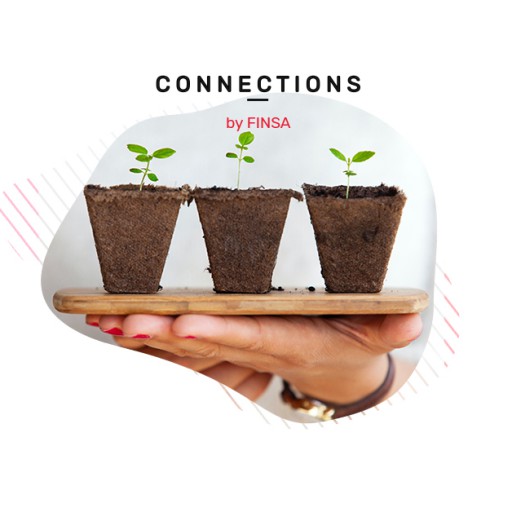When the pandemic hit, we started asking more of our kitchens. They were no longer just a functional space in our home. As interior designer Maria Bermúdez said in one our previous articles “they are becoming one of the focal points of the home”.
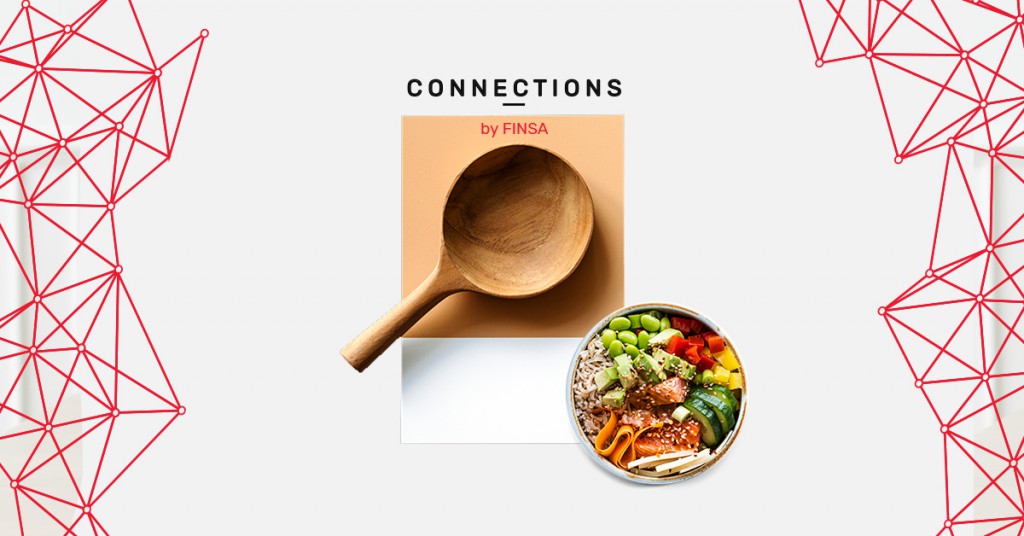
Lockdowns around the world made us appreciate the value of a kitchen that is practical, hygienic, and well-designed. We’ve even been using this space to work remotely, study, and work out. How can we create spaces that meet all these different needs? Read on to find out.
Homey kitchens
The trends of 2021/2022 are all about making the kitchen feel “homey” by connecting it with other spaces in the home such as the living room. The best way to do this is by installing a kitchen island given the diversity of this feature. This concept also includes annexed tables and large cabinets with columns. Bars with high stools are a thing of the past.
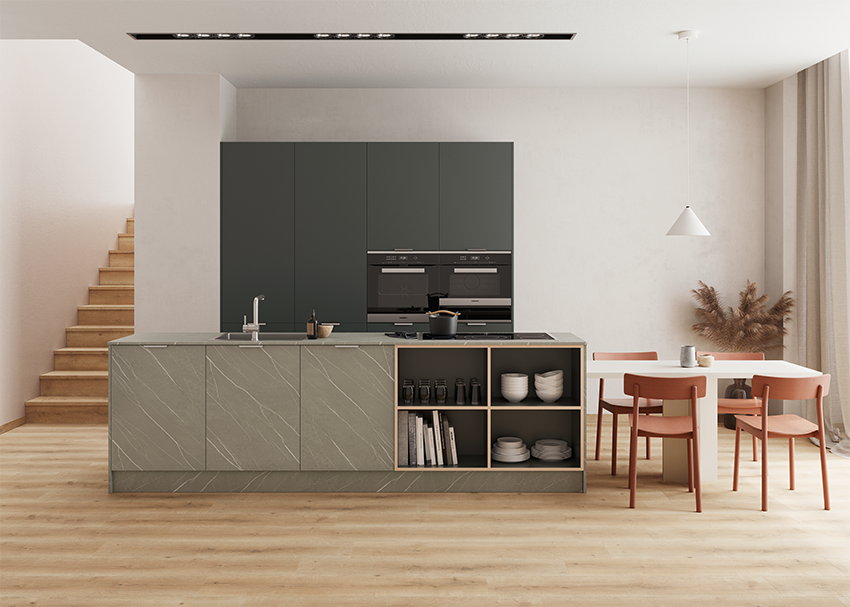
Retractable doors are also a great way of achieving this connection between spaces. They help to hide the kitchen or create a new, more neutral space, which is especially useful in offices and hotels.
Hideaway kitchens are ideal for creating new multifunctional spaces in our home, as well as being a great option for work environments, hostel kitchens, campsites, and more.
What about small kitchens?
The spaces we live in are becoming smaller and smaller, which is why we need to make sure that every centimetre counts. Keep these five tips in mind when making the most of a small space, but always taking into account how much we plan to use the kitchen. A kitchen you plan to use several times a day will have different requirements to one that you will only use a few times a week:
- Mini appliances increase storage space and the amount of surface area we have for food preparation.
- Columns and small storage units instead of large ones if what you need is a bit of extra storage space instead of surface area.
- Small storage units to create a sense of space.
- Narrow storage units (up to 150mm wide) to fill empty nooks and crannies.
- Connecting the kitchen with the living room with an island or set of metal shelves to divide the space in a less definitive way.
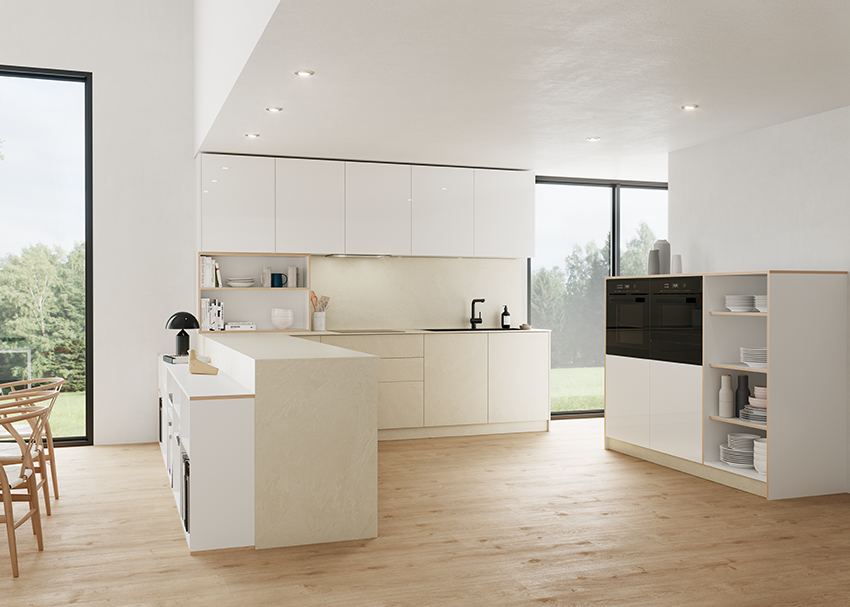
What materials are being used for kitchens?
Keeping that ‘homey’, connected kitchen goal in mind, the best materials to use are those that transmit experiences when we look at them and touch them. We need to create spaces that have a story and life, a direct reaction to the digitalisation of our lives: we can see people and buy clothes without ever having touch them, so we miss textures and sensations that our screens don’t provide. Materials such as planked wood with deeply ingrained textures are your best bet.
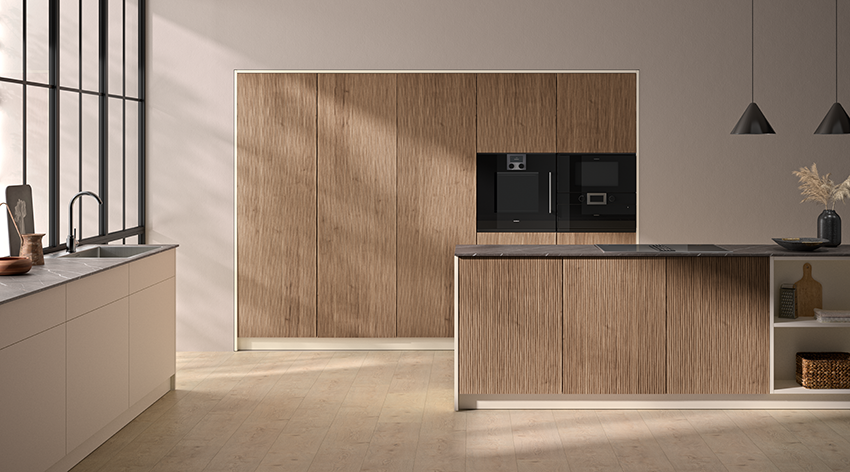
Technical wood and its many variants – solid, lacquered, laminated, with melamine, among others – has always been the main attraction in the kitchen. There is also a growing number of new and innovative materials on the market, including some that are extremely durable and that have extra-matte and fingerprint resistant finishes, two features that are becoming more and more popular.
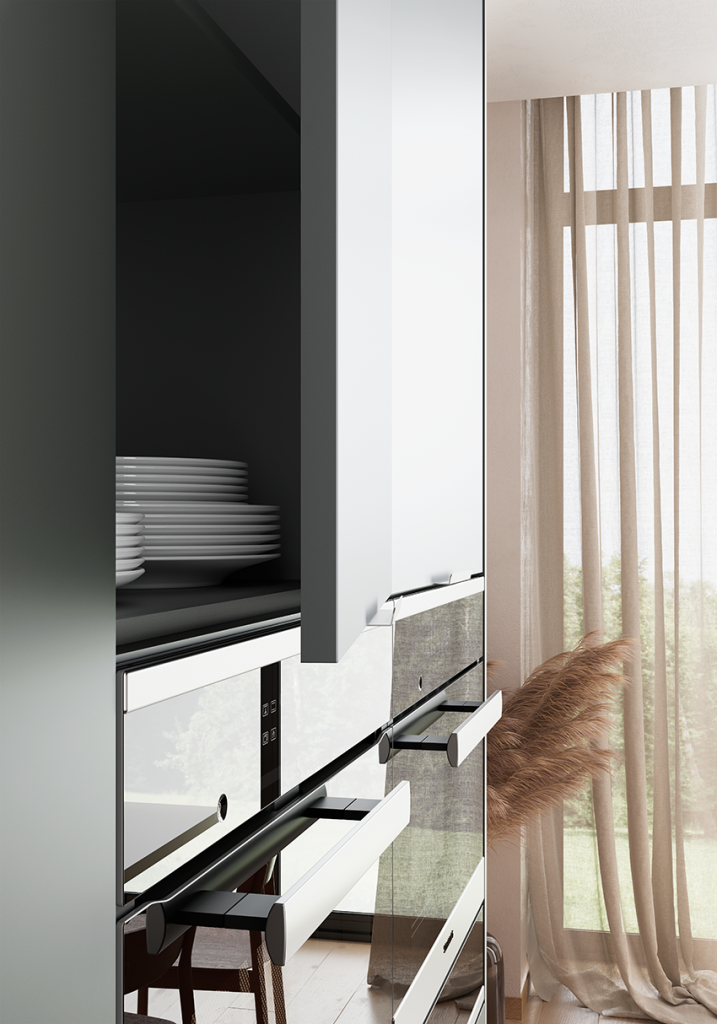
Now that you know all about these trends, how are you going to apply them? Tell us all about it on social media using #ConnectionsByFinsa.


